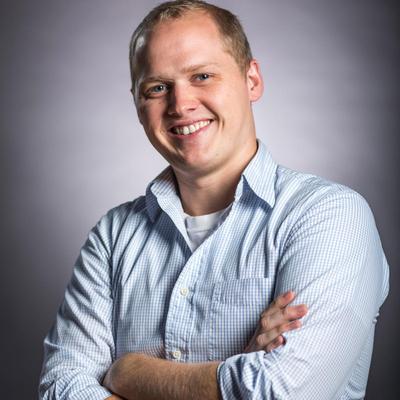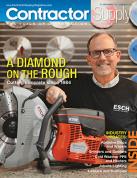Hidden Risks: The Importance of Understanding and Embracing Web Accessibility
Tips for ensuring your website is ADA-compliant.
 By: Josh Lowery
By: Josh Lowery
Throughout the last decade, many business and personal transactions have moved online. The pandemic, in turn, magnified this migration and businesses hurried to adopt new ways of working online.
While there are many upsides to embracing digital technology, it has also presented new challenges to the approximately 20 percent of the world’s population with disabilities. This is prompting greater scrutiny around web accessibility and a significant rise in lawsuits filed against sites for not following the “Web Content Accessibility Guidelines” created by the W3C.
In fact, there was a 200 percent increase in lawsuits and demand letters from 2017-2018 and 300 percent in 2019. Failure to be ADA compliant not only leaves out a meaningful customer base, but it can also be a significant financial risk. Reports indicate 93 percent of demand letters settle outside of court for $20,000 – $150,000 on average.
What is Web Accessibility?
Web accessibility is a set of rules, behaviors, code standards and design guidelines, that are meant to allow people with disabilities to effectively use websites.
When we think of the term “accessibility,” we likely think of a physical space and whether it’s built to appropriately allow those with disabilities to enter. This is the same type of thinking organizations should apply to websites.
According to the U.S Department of Justice’s Guidance on Web Accessibility and the ADA:
Inaccessible web content means that people with disabilities are denied equal access to information. An inaccessible website can exclude people just as much as steps at an entrance to a physical location. Ensuring web accessibility for people with disabilities is a priority for the Department of Justice. In recent years, a multitude of services have moved online and people rely on websites like never before for all aspects of daily living.
Tips for Creating an Accessible Website
So, how can a company become compliant? At Makeway, we like to start with the user and how they might engage with certain tools. We’ve broken it down into three main areas: blind individuals using screen-readers, people with motor impairments that are using the keyboard, and other disabilities, such as color blindness, epilepsy, and minor visual impairments, who may be affected by the user interface and design of a website.
This approach can help organizations think more broadly about whether they’re overlooking any hidden barriers. It can also be valuable to familiarize yourself with resources provided by the ADA. Below are six ways to create a more accessible website:
- Provide sufficient color contrast between the text and background of your site
- Include text cues when using color, such as red text to indicate required form fields
- Write text alternatives (“alt text”) to convey the purpose of pictures, illustrations, charts, etc., to support those who are blind and use screen readers
- Add video captions and text to identify prominent speakers
- Build headings into the website’s layout to help those who are blind better understand the layout and navigation
- Offer a reporting feature to allow the public to notify your company of accessibility problems
At Makeway, we also suggest that companies use automated accessibility checkers to manage compliance. While there are a variety of helpful tools, we find WebAIM’s Color Contrast Tool and AccessiBe’s Ace Tool to be solid resources.
The rapid pace of advancing technology is exciting. It often leads to greater efficiencies, better communication and broader access to new customers. However, as we move forward, it’s vitally important that we don’t leave anyone behind. CS
Josh Lowery is the co-founder and director of operations at Makeway, a digital design and web agency based in the US and Europe. Serving clients globally, Makeway specializes in creating custom digital solutions for business-to-business, manufacturing, retail and health care innovation companies. You can learn more about Makeway by visiting www.makeway.is.














